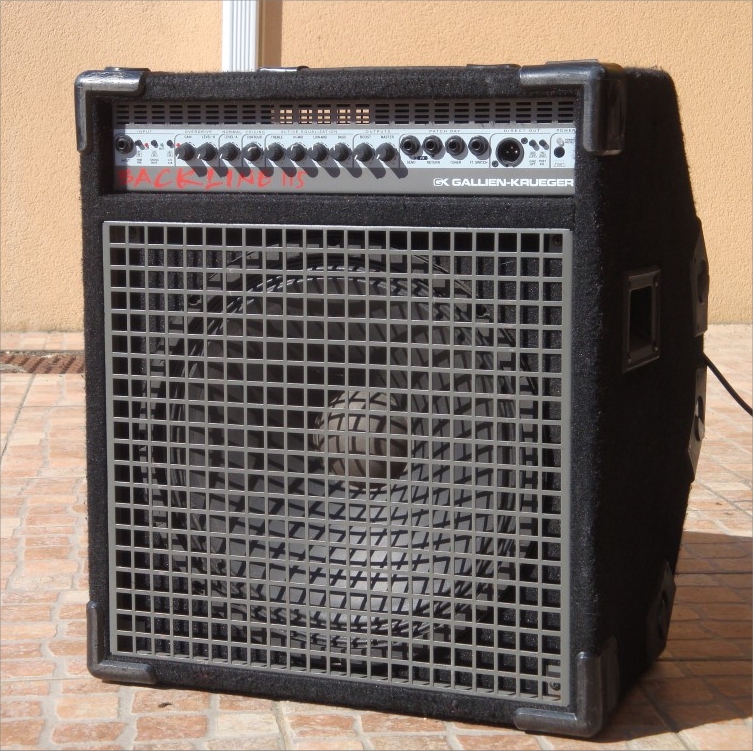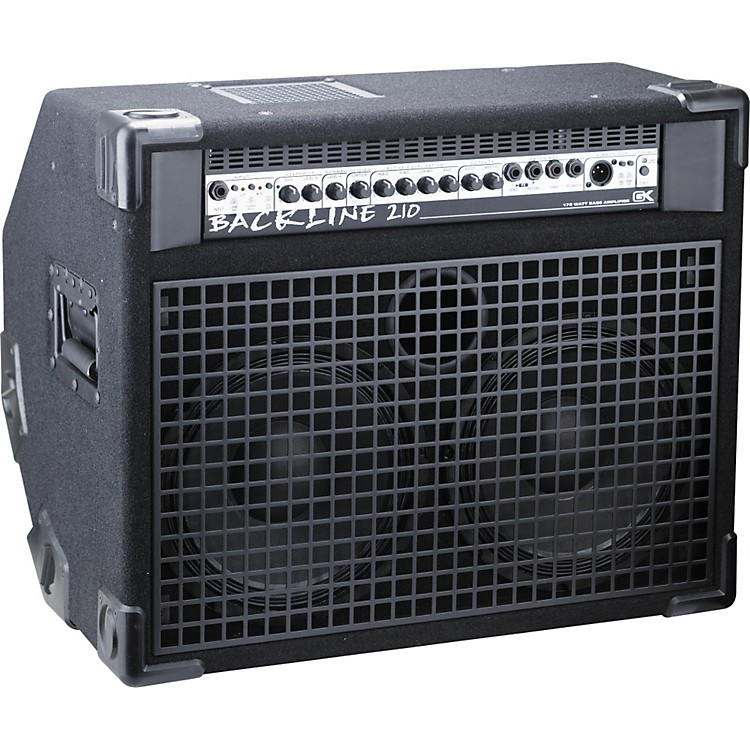


Do your amp’s bass and treble settings make your drive tone too bright or too boomy? Just dial them out with the AMP OUT EQ’s LF and HF trimmers. Like to leave your tweeter on for your clean sound? Flick the HORN CUT switch on to steeply roll off the “fizz” from your overdrive tone. Its controls allow you to essentially cancel out the voicing of your amp so that engaging the BASSRIG completely transforms your rig, without making tonal compromises to accommodate it. This proprietary filter is applied after the whole “Amp Recreation” circuit, on the ¼” output (which does not feature the cab sim circuit). You may have even struggled to balance the two, either due to fizz from your distortion when your clean sound is just right, or you’ve rolled back the treble to get the perfect drive tone, only to lose the brightness of those new strings you just fitted – it must be that time of year! Well, we’ve thought about all of this and come up with the AMP OUT EQ. Perhaps you need a mixture of tones over the course of a gig, ranging from super-clean, modern tones to vintage warmth and drive.

Yes, the BASSRIG pedals can replace an amp, but they are just as happy with an amp. Set to FX+BYP, the cab sim stays active all the time, meaning you can use the BASSRIG to add cabinet simulation to any other drives and preamps you might have in your arsenal. In FX mode, the cab sim is disabled, giving you a completely clean, studio-quality DI signal while the BASSRIG is off. The FX/FX+BYP switch on the front panel lets you choose what happens to the cab sim when the pedal is bypassed. Your back won’t be complaining either.Ĭombined with the feel and response of the recreated amp circuitry, this carefully engineered cab sim makes sure the BASSRIG pedals feel like the real amps, taking the compromise out of going direct – and the DI output still has another trick up its sleeve. Feed this straight to the desk and your front of house engineer will be grateful you just made their job easier. Using a very nerdily concocted analogue filter, the BASSRIG outputs a frequency-perfect replica of a frankly monolithic vintage bass cab (an 8×10 in the Super Vintage and a 2×15 in the ’64 Black Panel).
#Backline amp simulator#
The Analogue Amp Recreation philosophy extends to the on-board cabinet simulator too, which drives the XLR-equipped DI output. They’ll take pedals like a real valve amp and are built to be the new centrepiece of a direct-to-PA bass setup. This means that any sound the real amp can do, these can do it too! Clean, distorted, somewhere in between, they’re all covered with frightening accuracy. The BASSRIG pedals really are Analogue Amp Recreations.

Your Main “Amp Sound”, Direct to PA, Mixing Console or Audio Interface. There are numerous ways to drop one into your setup, and we’re going to describe them all. Or you can add a very vintage sound to a very modern rig, without completely upending your carefully crafted “hi-fi” clean tone. The easiest way to look at it is that a BASSRIG pedal behaves just like the real amps they’re based on and will completely replace the “amp sound” in your signal path.
#Backline amp how to#
Anyway, now you know what you’re getting into, let’s have a look at how to get one into your rig… If you prefer the warmth and feel of classic Fenders – like the Showman and Bassman – then the BASSRIG ’64 Black Panel ought to do the trick. If the sturdiness, depth and aggression of an SVT floats your boat, grab a BASSRIG Super Vintage. The idea is that, instead of lugging around a five-foot-tall lump of vintage worry, bassists can drop one of these pedals straight onto their pedalboard and waltz into any venue with the perfect bass tone ready to go. Hopefully you’ve all seen these new releases by now, and maybe even bought one (or both)!īut, for those of you who have no idea what we’re talking about, we have just launched a pair of Analogue Amp Recreation pedals, aimed squarely at capturing the greatest valve bass amp tones history has to offer – to be precise, a tip of the Origin cap to Ampeg’s world-beating SVT and Fender’s glorious black panel amps of the mid-1960s. Hello, Origin fans! Like the proud parents we are, we’re going to show you more baby photos of our new BASSRIG pedals.


 0 kommentar(er)
0 kommentar(er)
